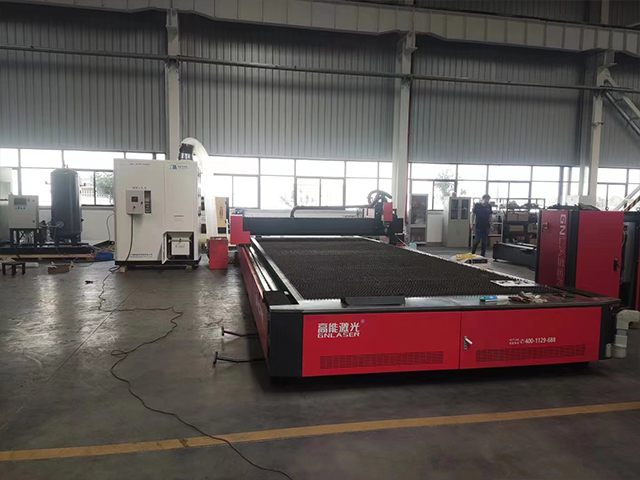Hot Keywords: Adsorption dryer Heatless drying machine Micro heat drying machine
The Laser-Specific Dust Collector: An Innovative Solution for Industrial Cleanliness
In the industrial sector, dust and particulate matter are inevitable byproducts of various processes. These particles can pose significant health risks to workers, contaminate products, and damage equipment. Traditional dust collection methods, though effective, often have limitations in terms of efficiency, selectivity, and maintenance. The laser-specific dust collector, however, offers a novel solution that addresses these challenges, providing a highly efficient and targeted approach to dust removal.
Principle of Operation
The laser-specific dust collector utilizes laser technology to precisely identify and collect dust particles. The system typically consists of a laser scanner, dust detection sensors, and a dust collection unit. The laser scanner emits a focused beam of light that interacts with dust particles in the air. The dust detection sensors measure the scattering or reflection of the laser light, providing information about the size, shape, and concentration of the particles.
Based on the data from the sensors, the dust collection unit is activated. This unit typically consists of a high-efficiency filter or an electrostatic precipitator that captures the targeted dust particles. The laser-specific dust collector can be customized to target specific particle types, sizes, and concentrations, making it a highly selective and efficient dust removal solution.

Advantages of the Laser-Specific Dust Collector
High Efficiency: The laser-specific dust collector offers significantly higher efficiency compared to traditional dust collection methods. By precisely targeting specific particle types and sizes, it can achieve higher capture rates and lower emissions.
Selective Removal: The ability to target specific particle types and sizes makes the laser-specific dust collector highly selective. This is particularly useful in applications where only certain types of dust particles need to be removed, while others are harmless or even beneficial.
Reduced Maintenance: The laser-based detection system requires less maintenance compared to traditional dust sensors. The laser scanner is also less prone to wear and tear, further reducing the need for regular maintenance.
Flexible Configuration: The laser-specific dust collector can be customized to suit various industrial applications. Different types of dust collection units, filters, and laser scanners can be integrated into the system to meet specific requirements.
Applications
Manufacturing Industries: In manufacturing industries, the laser-specific dust collector can be used to remove harmful dust particles generated during various processes, such as grinding, cutting, and welding. This helps protect workers' health, improve product quality, and reduce equipment damage.
Power Plants: Power plants often emit large amounts of particulate matter, including ash and soot. The laser-specific dust collector can be used to capture these particles, reducing emissions and complying with environmental regulations.
Mining and Quarrying: In mining and quarrying operations, dust particles can pose a significant hazard to workers. The laser-specific dust collector can be deployed to target and remove these particles, improving workplace safety and reducing the risk of respiratory diseases.
In conclusion, the laser-specific dust collector represents a significant advancement in industrial dust removal technology. Its high efficiency, selective removal capabilities, reduced maintenance requirements, and flexible configuration make it an ideal solution for various industrial applications. With further research and development, it has the potential to revolutionize dust management in the industrial sector.
Article label: